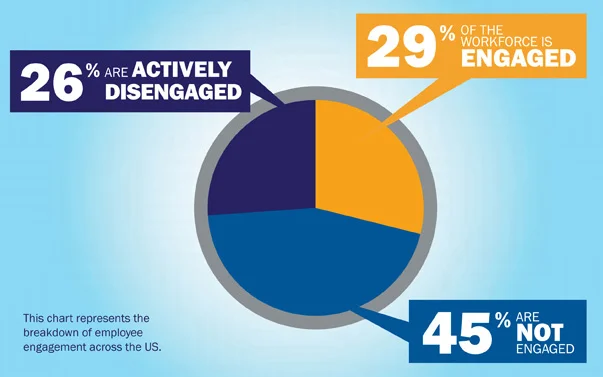But as I was reading the article I couldn’t help but see the executive in all of us. Whether you have the letter “C” before your title or you don’t it seems to me we’re all going through the same things.
Overloaded with work, very tired even in the morning, 😞 burdened with decisions and deadlines, house choirs and kids activities stocked up on top of each other 😖 … sounds familiar?
Read More



















